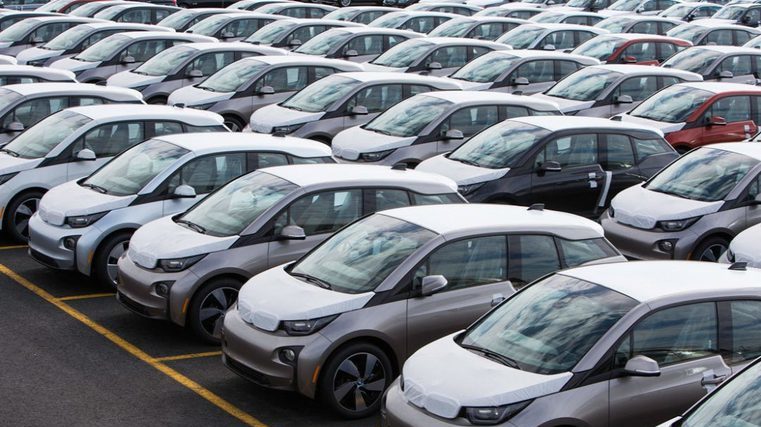New tool to help lower emissions

A new tool has been released to help government agencies transition their light vehicle fleet to emissions-free alternatives.
A dashboard containing the average CO2 emissions for each government agency’s fleet of light vehicles has been released by Minister for Economic Development David Parker.
"By 2025/26, virtually all new light vehicles entering the government’s fleet should be emissions-free, with exceptions limited to specialised vehicles, where no practical emissions-free alternative exists," says Parker
"The dashboard will allow agencies to see how they are tracking in comparison to other agencies, how well they are tracking overall, and encourage them to make progress in transitioning their fleets to be emissions-free."

The initiative is part of the Broader Outcomes work programme, which prioritises areas where the government’s annual procurement spend can help achieve broader social, economic and environmental outcomes.
When agencies come to purchase replacement vehicles they must immediately target the purchase of vehicles with CO2 emission profiles 20 per cent below their agency’s current fleet average.
As electric vehicles (EVs) become cheaper, more will be purchased. In the meantime, vehicles using less fuel are a crucial part of the solution.
"Every agency is unique, and their choices of vehicles reflect this. We are asking each of them to work towards an emissions-free target and the dashboard represents the start of monitoring," adds Parker.
"Buying low emission or EVs is only one way to lower emissions. Agencies can also use ride-sharing services or find other ways to optimise how they use their fleet"
"Government vehicles are eventually on-sold into the private market. Government procurement will thus help the adoption of lower emissions light vehicles more generally."
Emissions data will initially be updated quarterly, with an aim to make updates more frequent as 2025 approaches.
The first release of the dashboard information can be found here.





